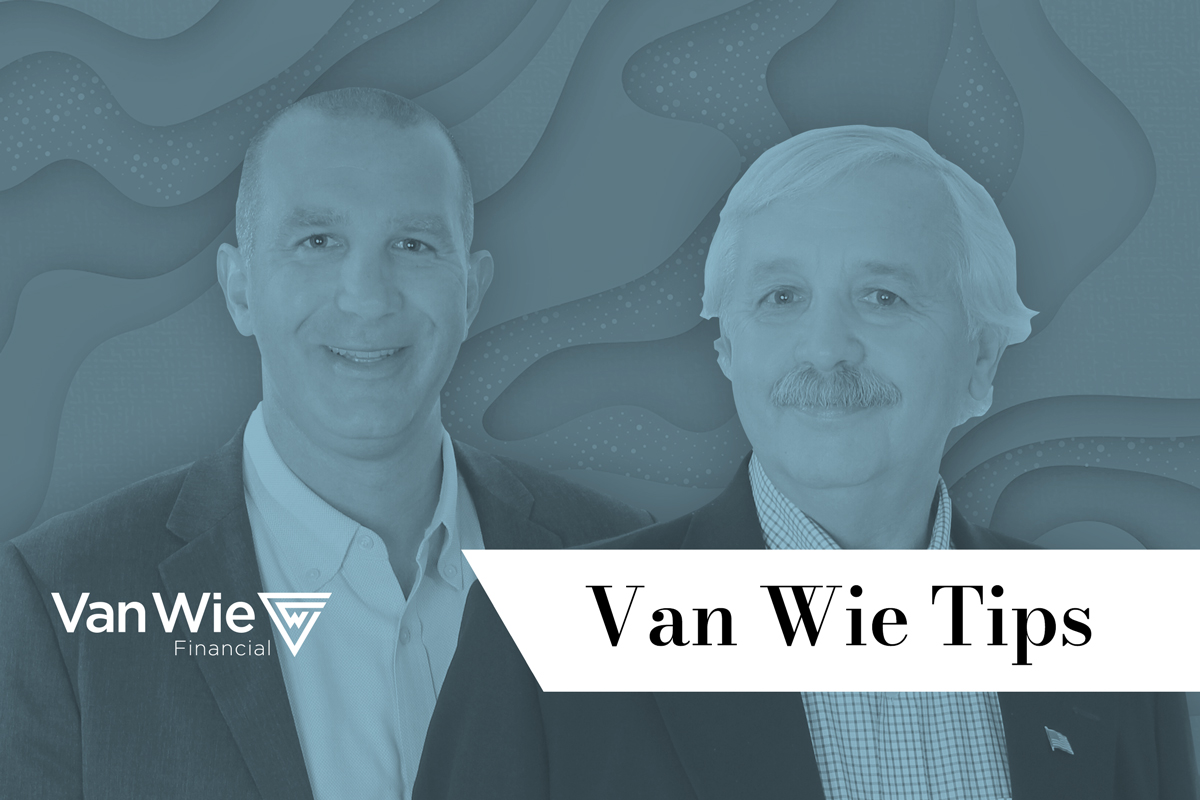Mortgage interest rates recently set an all-time low, due to our coronavirus-induced financial sluggishness. As someone who is reluctant to use the word “never,” I do not anticipate seeing rates like this again. It seems a shame to miss out on this momentous opportunity, whether through a home or other major purchase, permanent refinancing of a primary mortgage, or any other leverage we might utilize to enhance our personal financial situations.
In times like this, we hear from people who are contemplating borrowing against their homes to invest the proceeds in the market, hopefully pocketing returns in excess of the borrowing rate. Generally speaking, we recommend that people flush this idea from their consideration, due simply to the complexity and the risks involved. Generally, but not always. In order to evaluate a potential investor’s success probability, many questions need to be answered. Among them are:
- Do you have sufficient home equity to cover the requested funds, while maintaining a reasonable loan-to-value ratio (at a minimum, under 80%)?
- Can you borrow at a fixed rate, or would the borrowing rate vary with the market over time?
- What is your expectation for interest rates in 3, 4, 5, or more years?
- If you invest the money into the market, do you have a minimum of 5 years to stay invested?
- Is your cash flow from other sources sufficient to cover any and all up-front and ongoing costs of maintaining extra indebtedness?
- What is your targeted annual return rate from investing?
- Can you design a portfolio with that expected return over time?
- Do you work with a professional financial advisor?
- How much investing experience do you have?
- Are you planning to sell your home any time soon?
- What would be the closing costs on your mortgage refi or HELOC?
- How would borrowing more money affect your credit rating?
- Do you understand the tax consequences of borrowing and investing?
Investors need to understand some basic principles before making rational decisions regarding this concept. One is the relationship between interest rates and time. In an ideal world, a homeowner could borrow against home equity at a fixed rate, and then place the money in a CD, bank account, U.S. Treasuries, or another stable asset at a higher interest rate. This is NOT an ideal world, and that will not happen.
There has never been, there is not now, and there will never be, a principle-protected investment that matches the maturity date of your home loan, but carries a higher interest rate. Mortgages and HELOCs are tied to longer-term interest rates, which are higher than rates paid on short-term investments.
Qualified financial advisors understand that in order for a portfolio to produce a total return higher than current borrowing rates, the portfolio must have exposure to riskier assets, including stocks. Stock prices rise and fall, which is why we previously mentioned that a 5-year minimum time window needs to be established. Market-invested money needed before 5 years carries an unacceptably high risk of losing value through simple market fluctuations.
No matter how tempting current borrowing rates seem, risks abound in any “borrow-to-invest” plan. Understand those risks before taking the leap.
Van Wie Financial is fee-only. For a reason.



